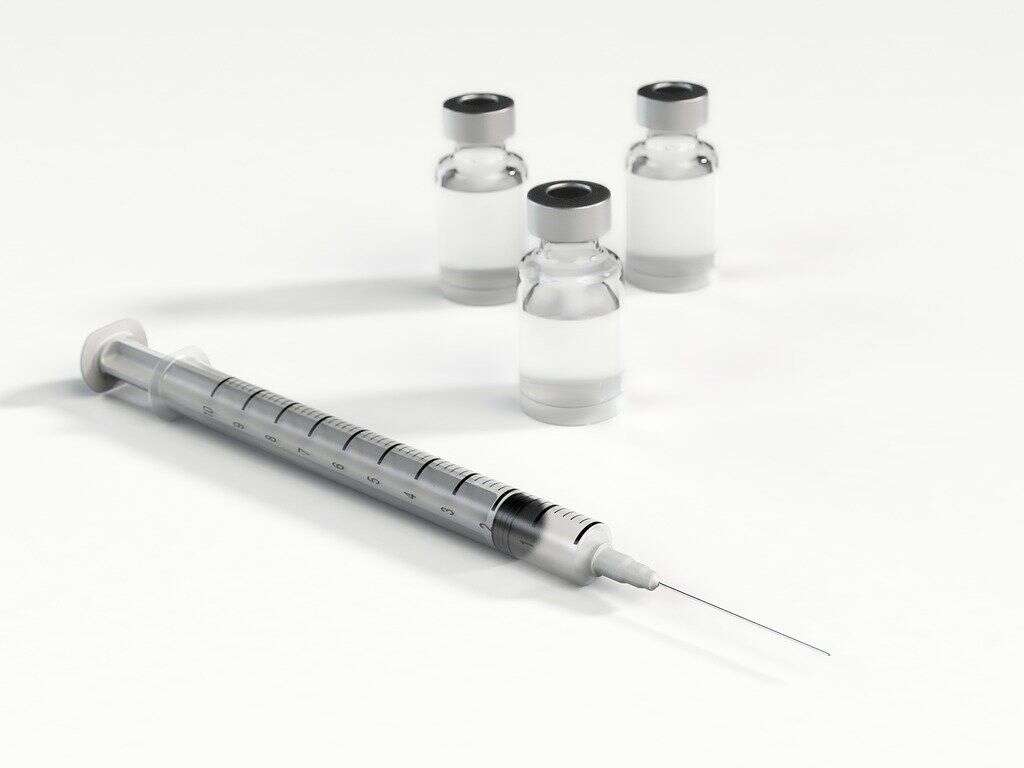What Is Diphtheria?
Diphtheria is a serious disease that is thankfully very rare in the United States and in other developed countries, for various reasons. It is found in places where overcrowding, incomplete immunizations, and poor health facilitate the transmission of the disease. Thus, and you will need to take precautions if you expect to be traveling to certain parts of the planet where diphtheria is common.
1. Diphtheria
Diphtheria is a communicable disease that is caused by the Corynebacterium diphtheriae bacterium. It is most common during the spring or winter months. This condition causes either a severe upper respiratory tract infection or skin infection. It is potentially very serious but thankfully it is very rare in most developed countries because of immunizations (vaccines). It is a condition that can be treated but, if treatment is not administered in time, then it can cause some very serious problems for the patient. Even with treatment, it can sometimes be fatal, especially in children and people who have a compromised immune system.
2. Disease Process
Several strains of the bacteria can produce a type of toxin (exotoxins) that can cause severe forms of the disease. When the bacteria reach the respiratory tract, they adhere to the cells of its lining (mucosal epithelial cells) and release said toxin, causing an important local inflammatory reaction. This is followed by tissue destruction and cell death.
This process enables the exotoxin to be transported by the blood and lymph to other organs, sometimes causing severe systemic disease (i.e. kidneys, heart, and nervous system). The symptoms of diphtheria will usually resemble an upper respiratory tract infection, and they will appear from two to five days after the patient has acquired the disease.

3. Transmission
Not only is diphtheria potentially very dangerous, but it is also highly contagious, meaning that it can spread from person to person very easily. The bacterium is an airborne pathogen, meaning it spreads when it is sneezed or coughed out into the air by an infected person.
This means that people who are in close contact with others are more likely to catch it, and it can also be picked up from fomites (i.e. crockery, cutlery, bedding, clothing). Thus, people living in crowded accommodation with poor hygiene, are more likely to contract the disease.
4. Prevention
Widespread vaccination for diphtheria in childhood can significantly decrease its incidence. The DTaP vaccine is used, which offers coverage for diphtheria, tetanus (tetanus toxoid), and whooping cough disease (acellular pertussis). However, this immunity wanes after some years, requiring booster vaccines every 10 years.
If you have ever been on vacation to a different part of the world then, depending on where you went, there is a good chance that you received traveling vaccinations. This basically means a vaccination or a booster vaccination to help keep you safe from diseases that you are unlikely to encounter at home. Vaccination for diphtheria, among other diseases, are usually given to people traveling to Asia, the Middle East, the South Pacific, the Caribbean, and Eastern Europe. Check with your doctor if you are uncertain.

5. Carriers
Despite how serious diphtheria is; some people are fortunate enough to experience only mild symptoms. Indeed, some people might not even show any symptoms at all and be completely unaware that they have such a dangerous disease. This does not mean, however, that they are unable to pass it on to other people.
People who have positive cultures for a pathogen and don’t exhibit signs and symptoms of the disease are known as carriers. Carriers can remain healthy while unwillingly transmitting the disease to unsuspecting contacts, including friends and family.
6. Symptoms: Sore throat and pseudomembranes
At first, patients with diphtheria can experience hoarseness, sore throat, and foul breath (halitosis). In addition, these patients can also experience difficulty swallowing. One of the signs that patients with diphtheria will likely exhibit is a thick, gray-colored coating on their tonsils and/or throat.
These are known as pseudomembranes, and they can also appear in any part of the respiratory tract. Importantly, the most common cause of death in patients with diphtheria is airway obstruction or suffocation after aspiration of these membranes. Patients with diphtheria can also experience difficulty breathing (dyspnea)and cough.

7. Symptoms: Nasal Discharge
Nasal discharge is such a common symptom that its unlikely to cause much concern at all in itself. The common cold or seasonal allergies, for example, will usually cause nasal discharge. However, patients with diphtheria can also experience nasal discharges that are purulent or blood-tinged in nature.
Since pseudomembranes can appear in any part of the respiratory tract, patients with diphtheria can also exhibit white nasal membranes.
8. Swollen Neck
It is common for patients with diphtheria to develop a swollen neck. This is caused by the swollen mucosa and cervical lymphadenopathy. Remember that lymph nodes are also located in the neck and it is common for these to become swollen in diphtheria infections causing a “bull’s neck” appearance.
This occurs because the lymph nodes help to protect the body against infection and are a type of “filter”, helping to remove pathogens from the blood. When an infection is present, the regional lymph nodes are called into action, and become swollen.

9. Fever
Fever is another common symptom that most people will have had at some point in their lives, and is a symptom that patients with diphtheria are likely to experience. Fevers are caused directly by the patient’s own body in an effort to increase the body temperature to fight against infections.
Patients with diphtheria usually experience a low-grade fever (rarely >103̊F) and chills. In addition to the fever, patients are also likely to experience malaise and headache.
10. Systemic disease
As mentioned above, diphtheria is a potentially life-threatening disease that can also affect important vital organs. It can cause myocarditis or inflammation of the middle muscle layer of the heart (myocardium). Cardiac toxicity usually occurs some weeks after the first phase of the disease (pharyngeal phase). It occurs most frequently in non-vaccinated people, roughly 60 percent of patients. Alterations or irregularities of the cardiac rhythm can also occur in these patients.
Finally, neurologic toxicity is caused by the exotoxin of Corynebacterium diphtheriae. In short, common targets are nerves to the throat, which may result in difficulty swallowing, and to the arms and legs, causing muscle weakness. Many other nerves may be affected; however, if the innervation for breathing muscles is affected, these can become paralyzed. In this case, the patient might require mechanical assistance for breathing.











